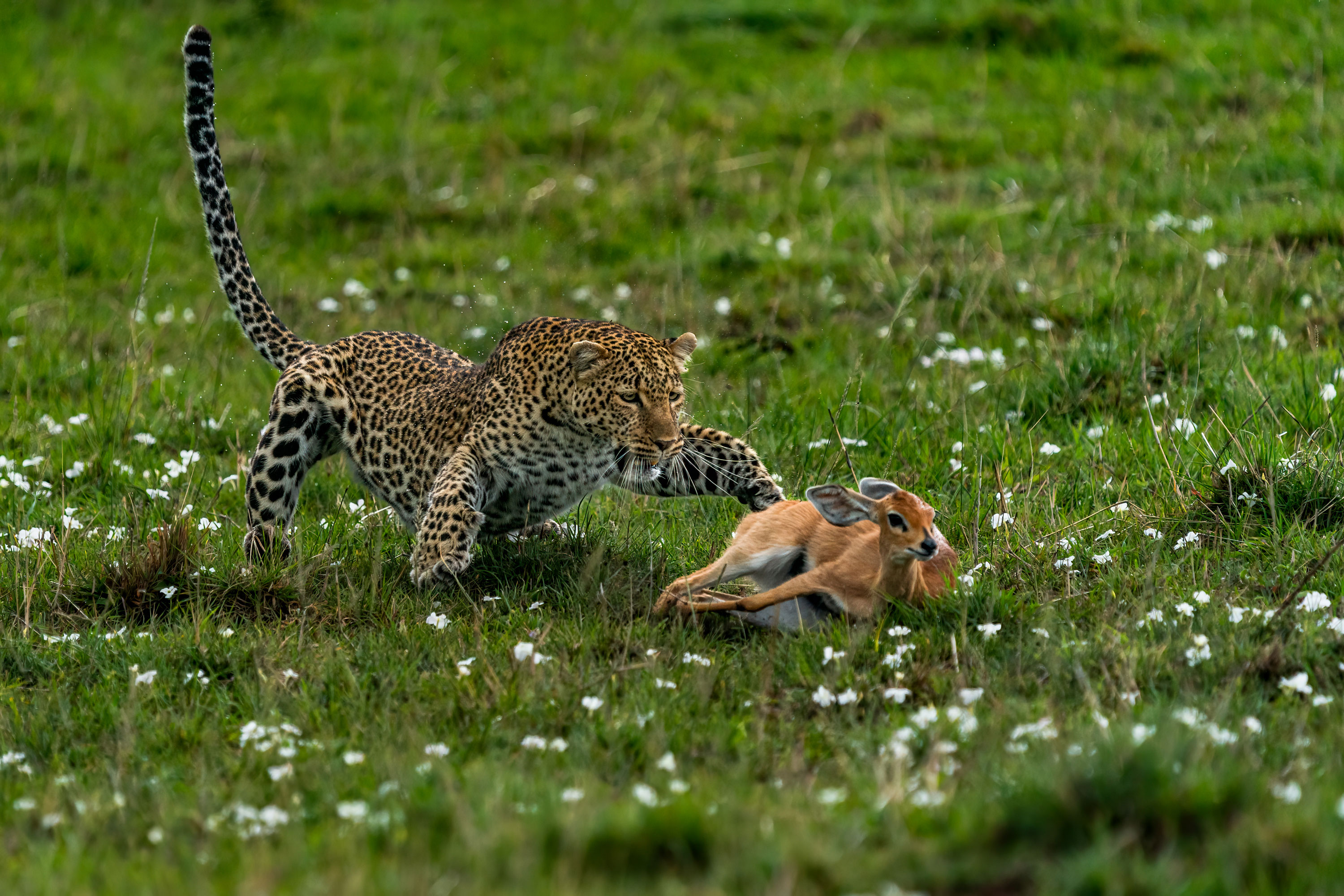
Tell us a little about yourself and why you like photographing wildlife?
I discovered photography while I was I am born in a village called Chemmarathur in north Kerala, India. After my graduation in Computer Science from Bangalore University I moved to Dubai to work for a Digital Agency. I started my photography as a hobby during the weekends.
Living in UAE, I used to drive to different places in search of the beauty of nature and then I started photographing those places and moments I witnessed specially birds.
I was always fascinated with the beauty of nature and the birds and animals that live on this earth. I love to capture the moments with them. That is what got me interested in wildlife photography.
What do you believe make your images successful?
I try to capture the emotion of the species that I photograph. I feel that is what connects the viewer with my images and that makes an image successful
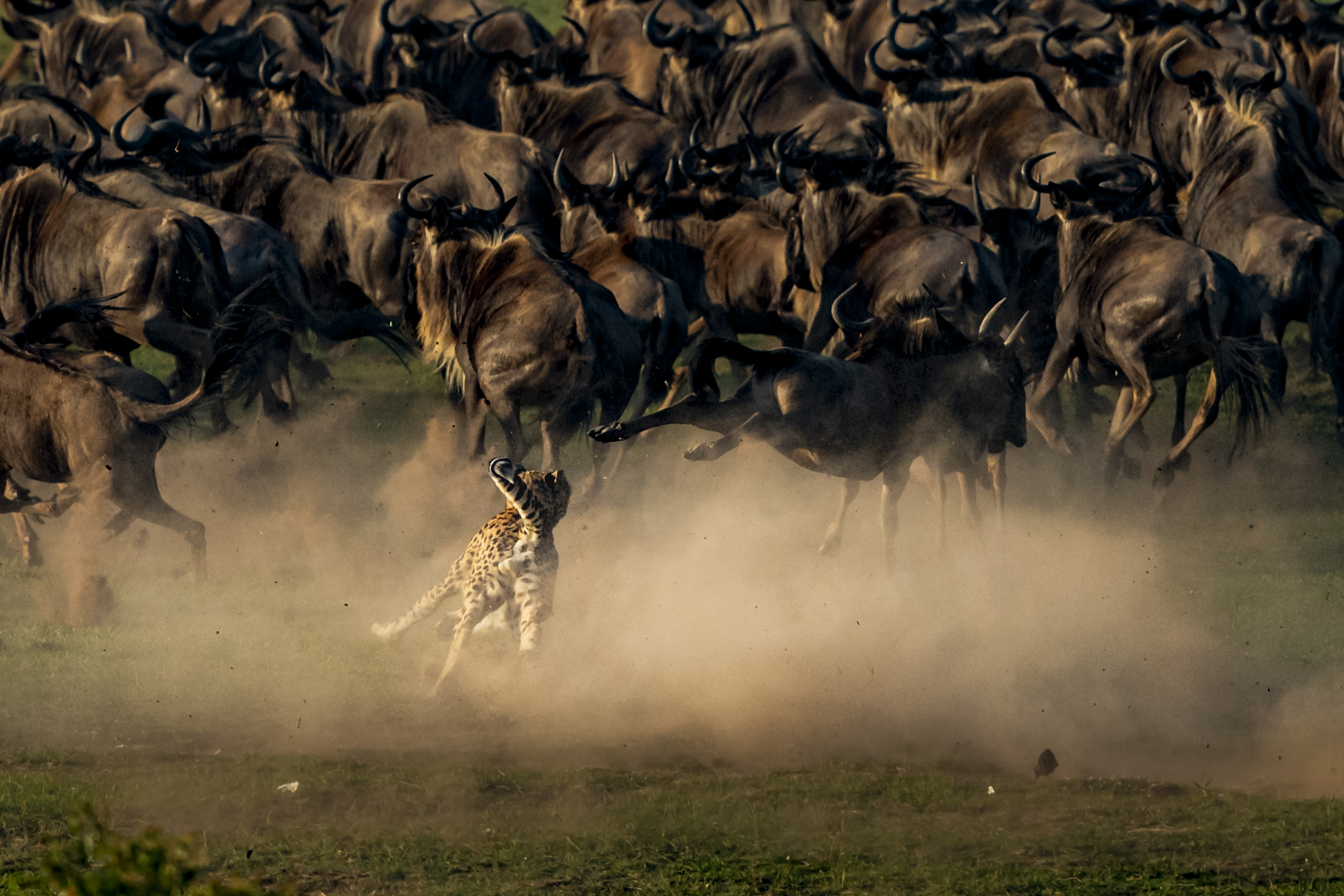
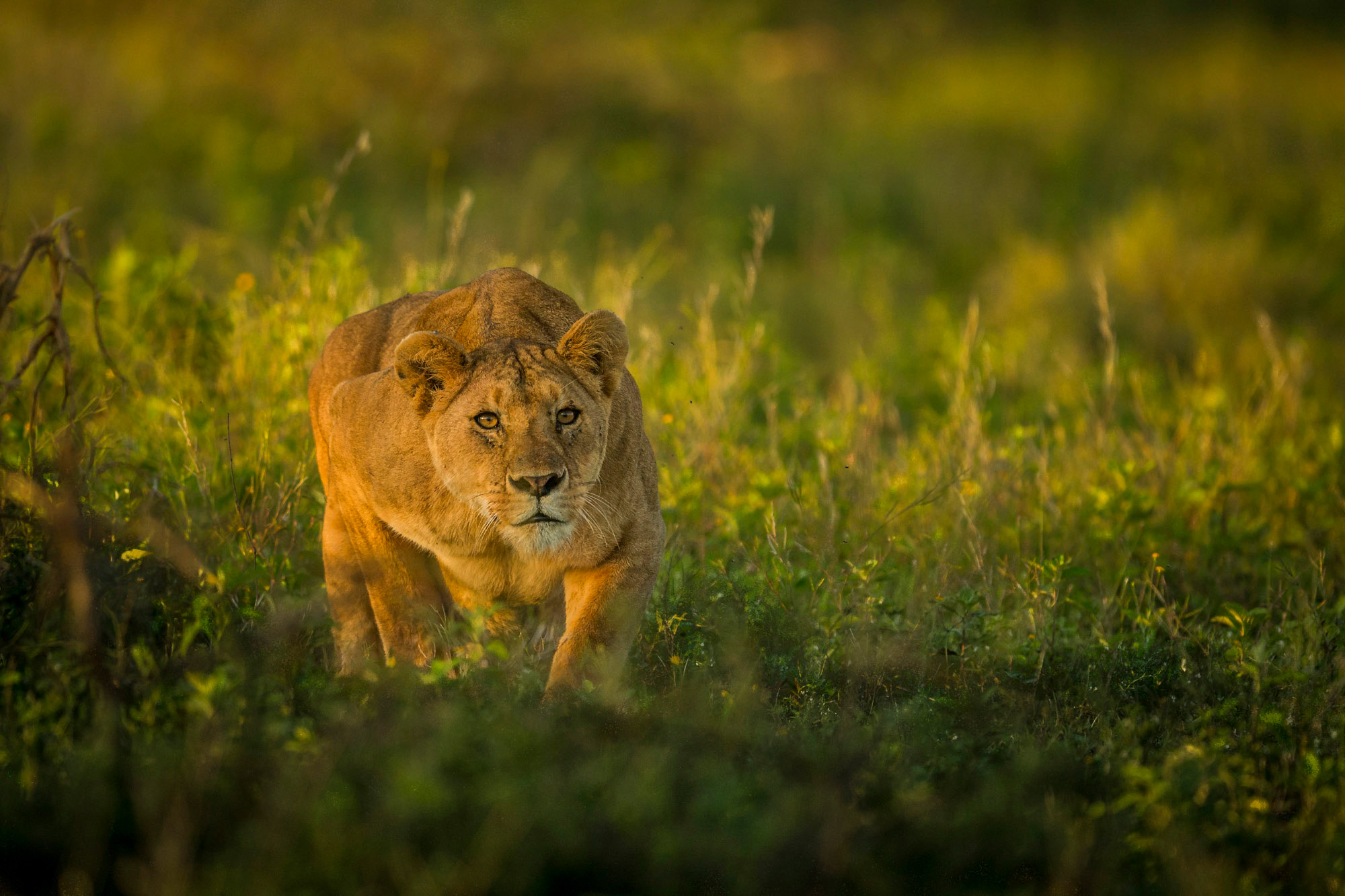
Is there one animal you’ll happily photograph again and again?
I love to photograph lions. I can sit with them for hours especially when there are cubs around. It is so amazing to view the bond between each member of the lion pride and to watch them caring and protecting each other.
Was there ever a moment you thought you were too close to the action?
I had many experience while photographing cubs. Cubs are so playful and if you spend some time with them they come closer to you in such a way that they even cross your lens’ minimum focal length. Then you stop photographing and just sit and watch them. Whatever said you have to be in a safe place and safe distance from them, otherwise the mothers will create trouble.
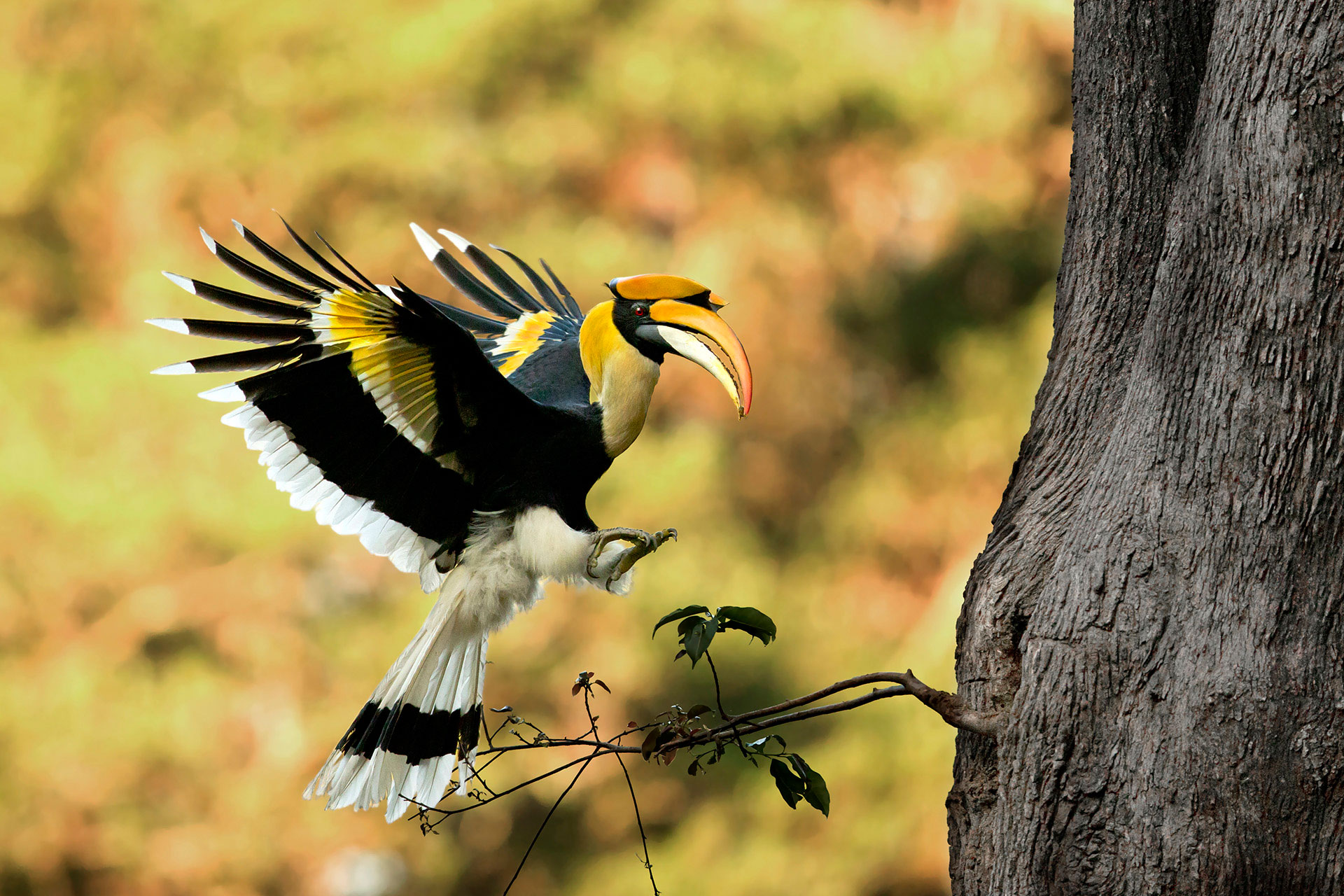
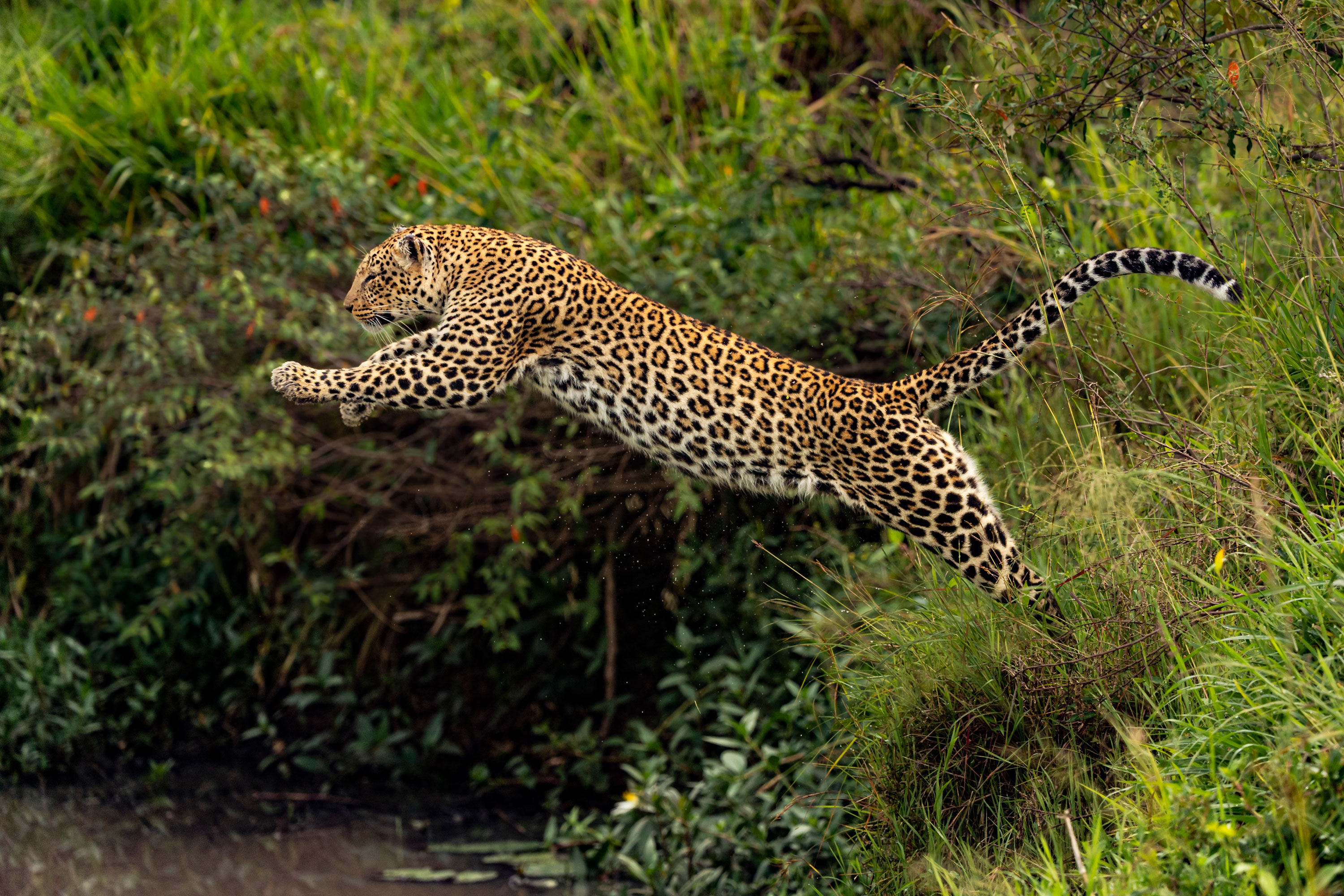

What fascinated you about bird photography?
One of the main reason I love photographing birds is that brids can be found and enjoyed throughout the year no matter where you live. I feel photographing birds are the best way to learn the art of patience. The life of migratory birds is something that I always wonder at. Some birds travel thousands of miles and you wait for them to reach your location during their migration time and then you photograph them, all these moments gives me so much of happiness. One more thing to add is that we will start promoting habitat conservation once we start watching their behavior and life pattern. You will be more involved in conserving them once you know about their needs and challenges they face.
Is there one specific destination you could suggest photographers visit?
Masai Mara National Reserve is the place I suggest to any wildlife lover or wildlife photographer. You see a lot of animals there. If you spend more time you end up with some beautiful moments that might happen once in a lifetime. You will also witness how the villagers live in harmony with the animals.
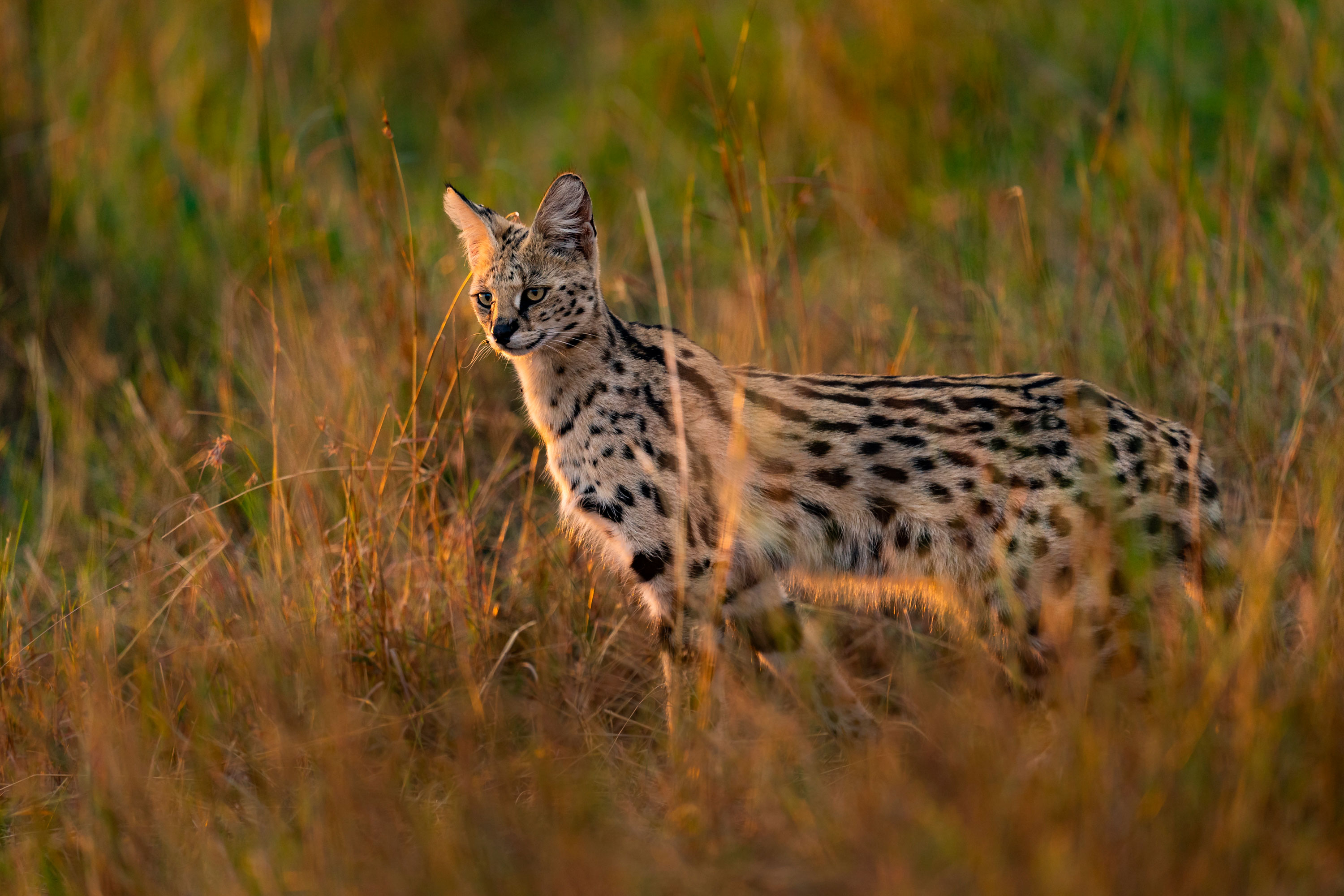
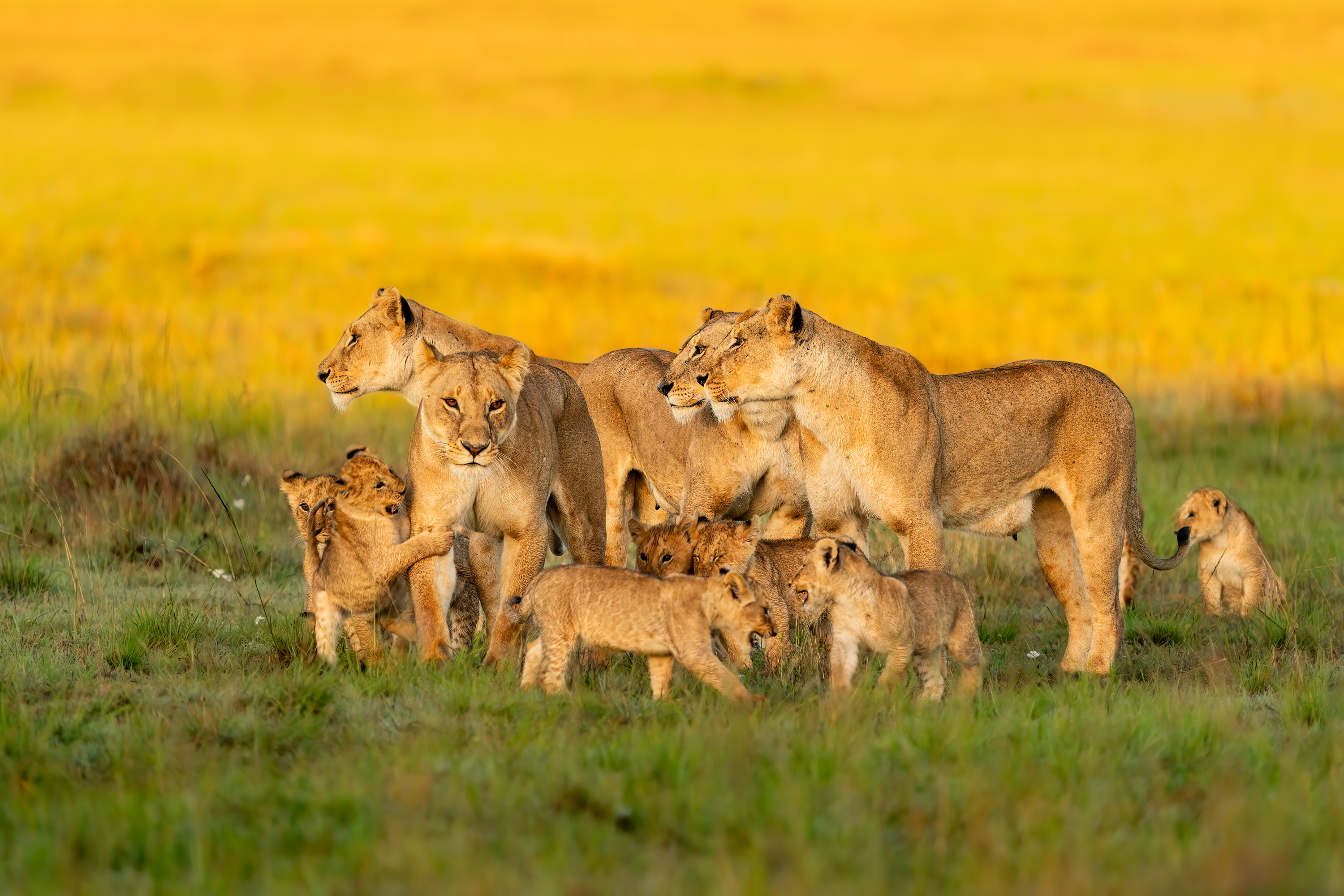
How do you think your style has evolved over the years?
My style was always capturing the emotions of any species that I photograph. I maintain that style till date. One thing I found that has improved is the quality of images that we can photograph with the evolution of new technologies introduced in the latest cameras. That certainly is a huge benefit for any photographer who would like to showcase their best works to the world.
What is your most memorable sighting?
I had a chance to photograph three new born Leopard cubs in Masai Mara and so far that is the best moment and sighting I ever had. I was fortunate enough to spend four days with them and on the third day they started coming close to me. Even the mother used to leave the cubs with us and go away. That is when I felt a real connection with them.
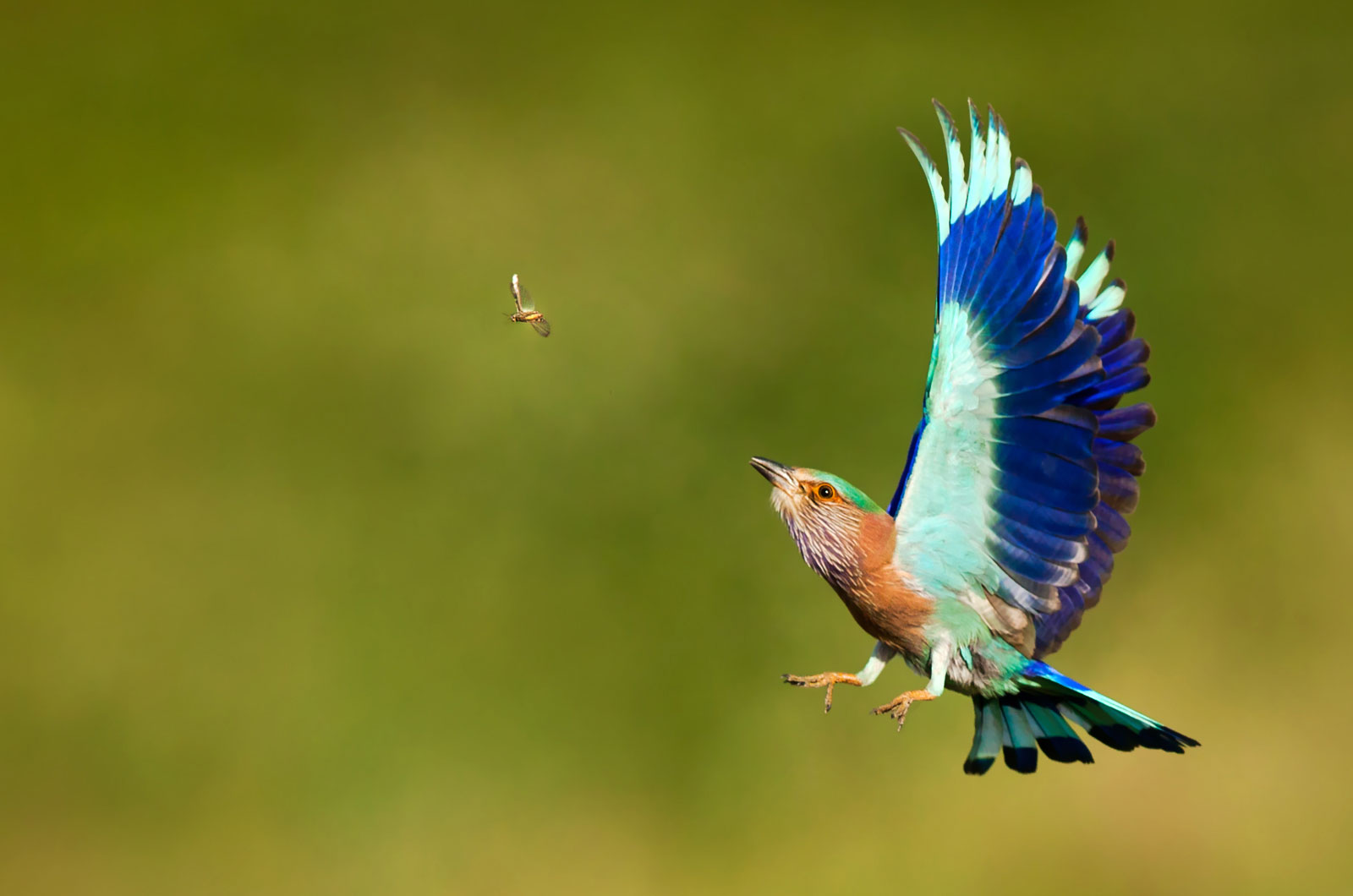
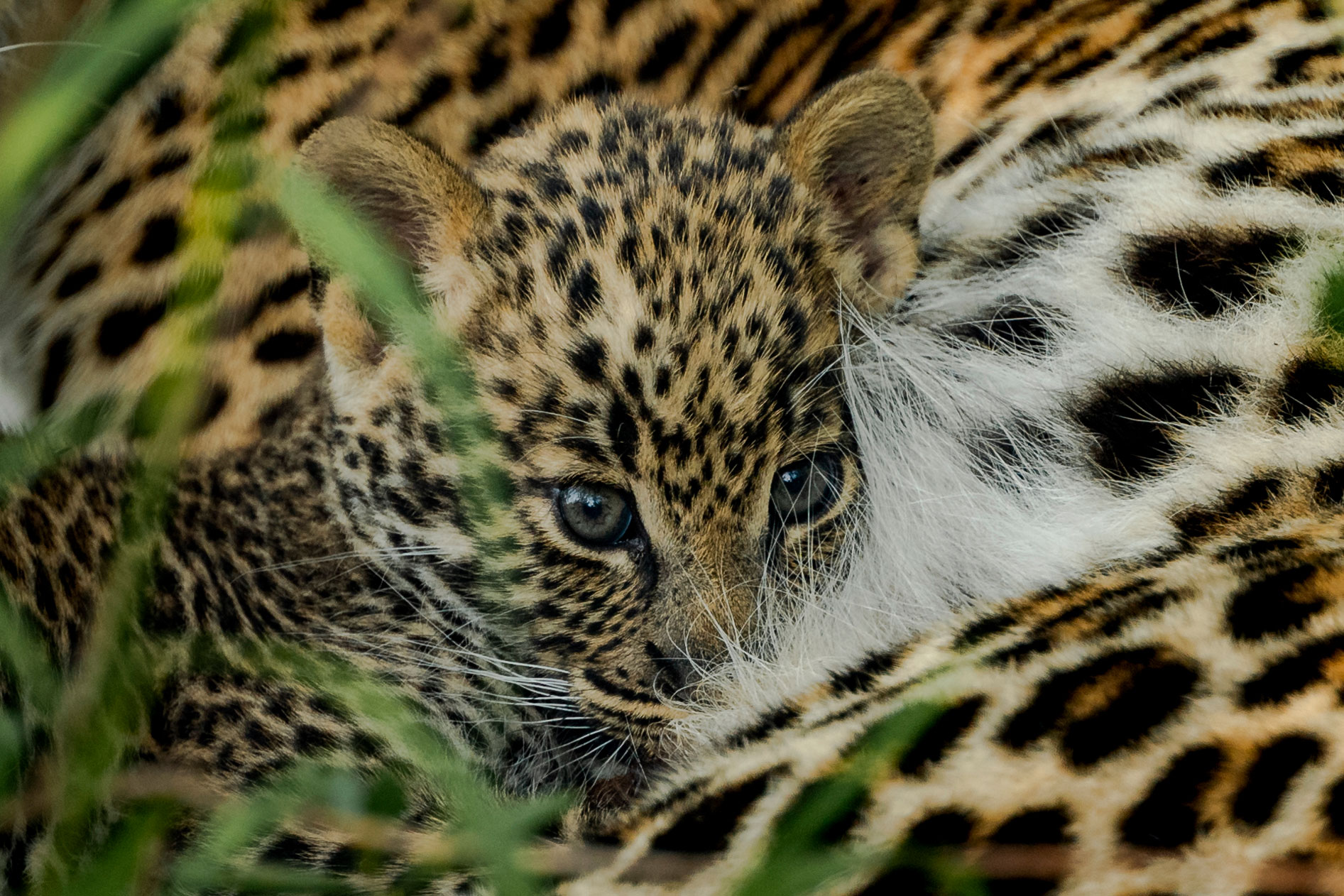
What are the main challenges that you face as a wildlife photographer?
The main challenges include accessibility to some destinations, high cost of park fees and permits. Another challenge is the investment in high end equipment. It is easy to say we don’t need high-end gears for photographing wildlife, but ultimately if you are a professional wildlife photographer then you do not want to compromise on the quality of your pictures. The last thing I would point out is that it is not easy to make a living out of wildlife photography. The main reason for this is that wildlife photographers are not in high demand. And you have to work hard for years to hone your craft to get some kind of recognition and then be approached by big companies.
What do you love most about your work as a wildlife photographer?
The tremendous opportunity to witness nature’s beauty, up close is what I love and enjoy the most in wildlife photography. The amount of time I am able to spend with these magnificient animals and birds is the happiest moment in my life. The satisfaction I get showing those mezmerising moments spent with these species through my photographs to the world outside is beyond words, and so is portraying how beautiful they are and how important it is to protect them.
Do you have anything exciting on the horizon that you can tell us about?
We have started an eco camp inside the Maasai Mara National Reserve called Mara Trails Camp. The main mission is to support the local communities living around the national park. We are proud that we dedicate 50% of the Mara Trails Camp profits specifically to help the Maasai people live in harmony wildlife. I am so thrilled on starting this project
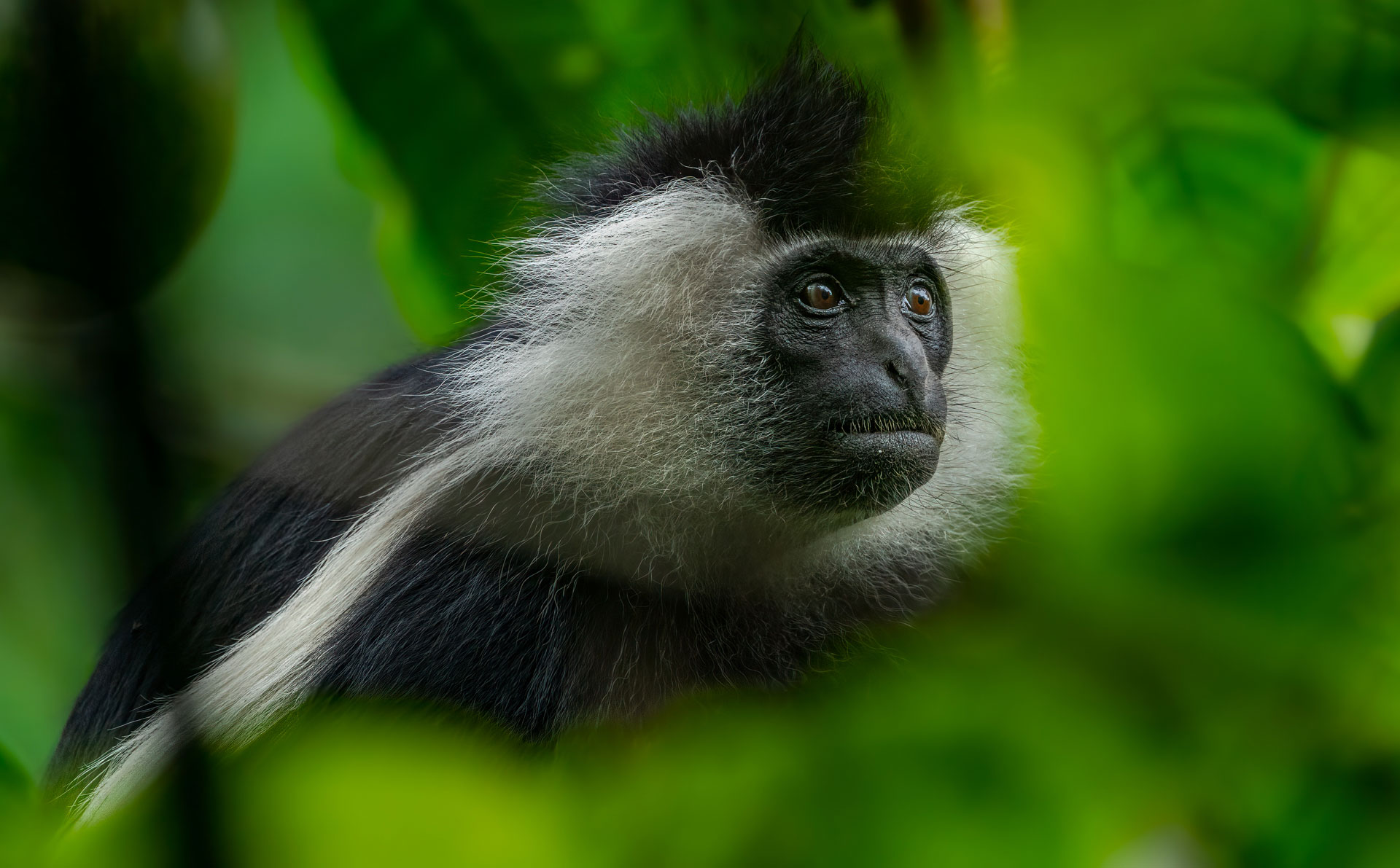
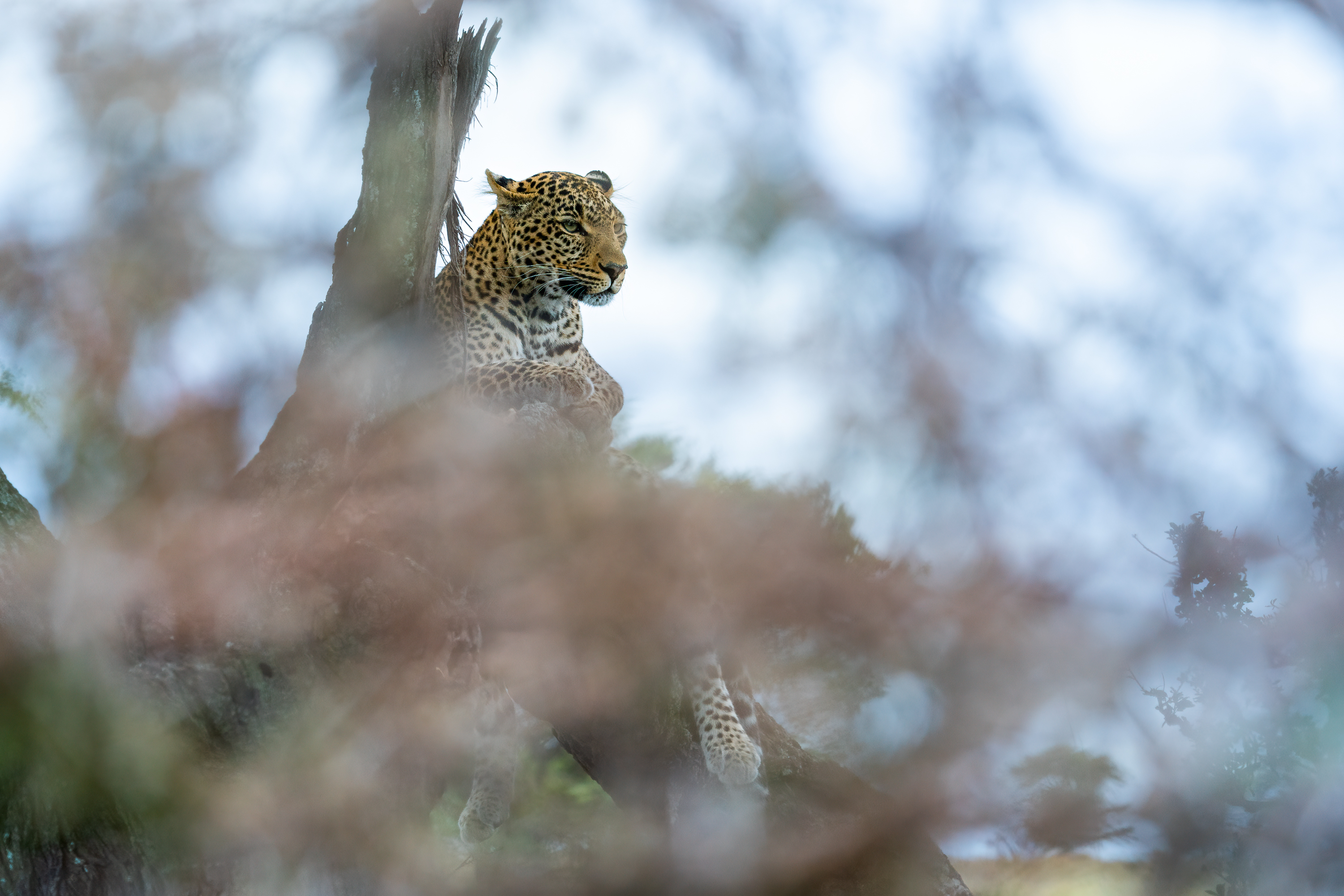
Do you constantly change your angle as you shoot to see what looks good when you get it into your computer, or do you decide ahead of time?
Yes trying different angles and different perspectives are something that I always look into while creating a frame. Sometime you get the chances to set the frame and then wait for the animal to come at that exact point. That’s where you need experience and the ability to visualize the scene before a moment happens.
How do you approach a new location that you haven’t shot at before? Do you spend time scouting before shooting, etc.?
Internet is a good source of knowledge for almost everything in this world. I refer to the internet regarding the locations I want to visit. I learn about the best time of the year to visit, permissions required, try to find a local guide.
Do you have a wish-list of shots you still want to get, maybe an animal that has eluded you or an animal doing something?
I am fascinated by a small cat species called Caracal. That is one thing in my wish list that I want to spend time with and photograph.
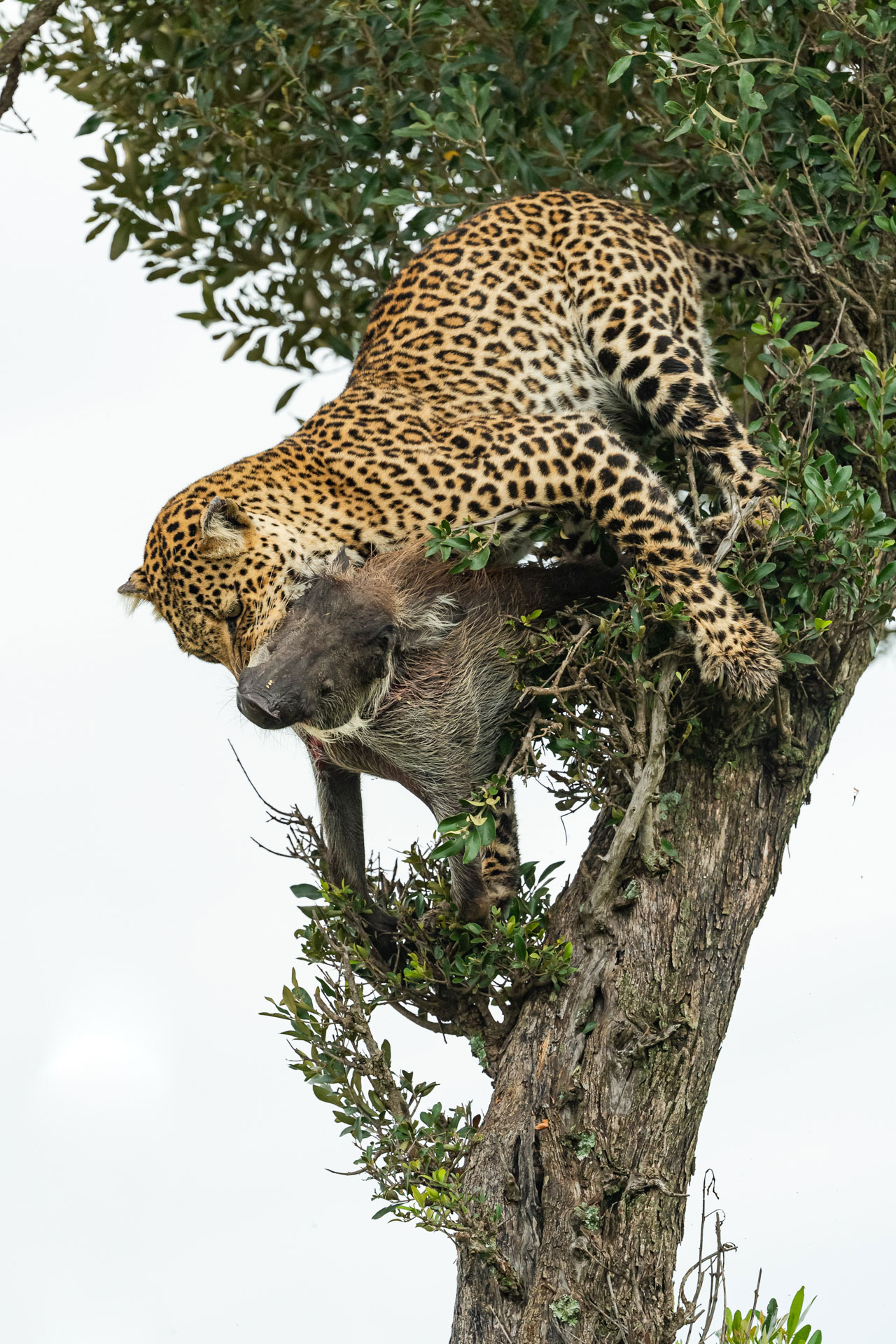
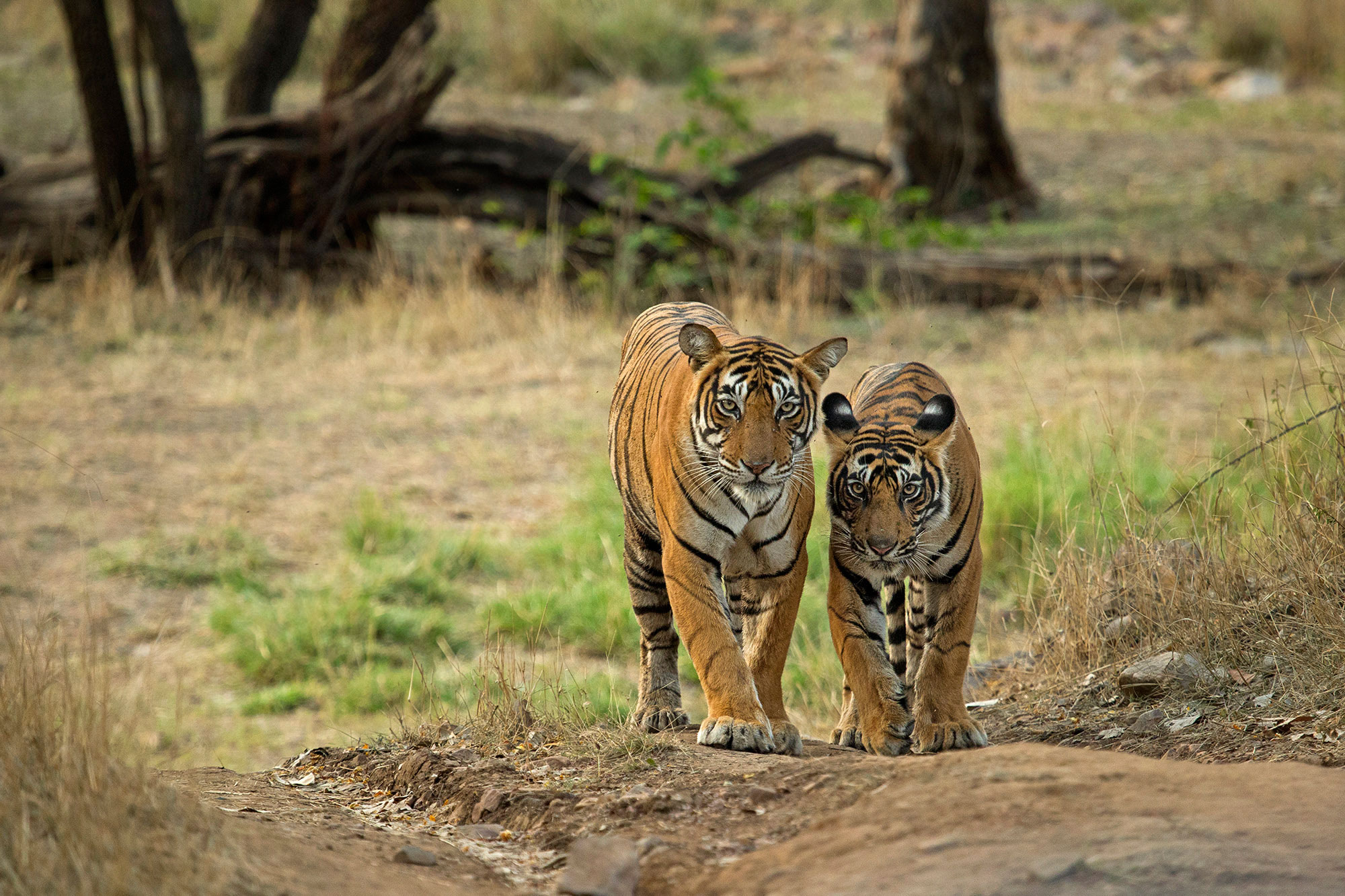
Would you be able to share your favourite image with our readers?
There is a famous leopard in Masai Mara called Luluka, and while on a workshop with my guests I was fortunate enough to see her hunting a steenbok in the open grassland. Leopard hunts are rare to sight and that too in the open it becomes more rarer. I was placed in the right position to capture the whole action with all the intensity.
what are the most important skills for a wildlife photographer?
The mantra that I am following is Practice makes perfect. Practice photography everytime possible and try to improve your skills. Patience is the next skill that you need to develop. You need to spend a lot of time with a species to learn its behavior, and thus it would be easy to predict their next move and you will be able to capture some beautiful moments. With practice, you build a lot of great instincts and following your instincts to get the shot makes a wildlife photographer great. Apart from this, you also have to be thorough on how to use your camera in di !erent situations.
Tell us a bit about the power of wildlife photography. What influence does it have upon how people view nature and the world? Can seeing the beauty of our planet make a positive change to our collective environmental consciousness?
I believe photography has the power to transport people to places they cannot go, and to see things they would otherwise never see. They say a picture is worth a thousand words and I believe that deeply because I use photography as a tool to bring humans closer to nature. Photos that we take are sometimes a graphic evidence of our devastating impact of habitats. For example the photo of seabird eating plastic bags and turtles trapped in the plastic rings were helpful to drive a global campaign against single-use plastics. These will help atleast a few to change the way they lived, which is a positive change.
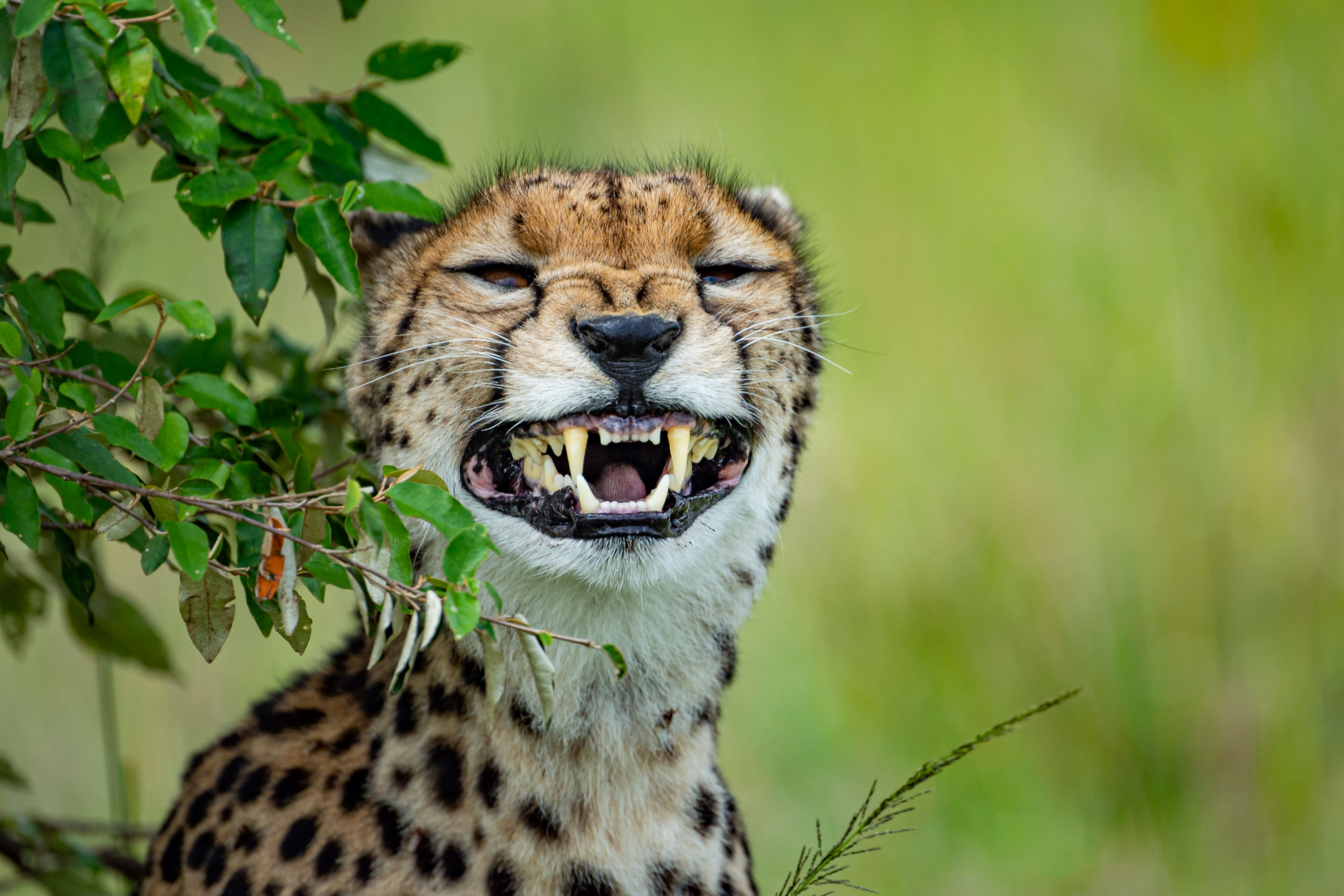
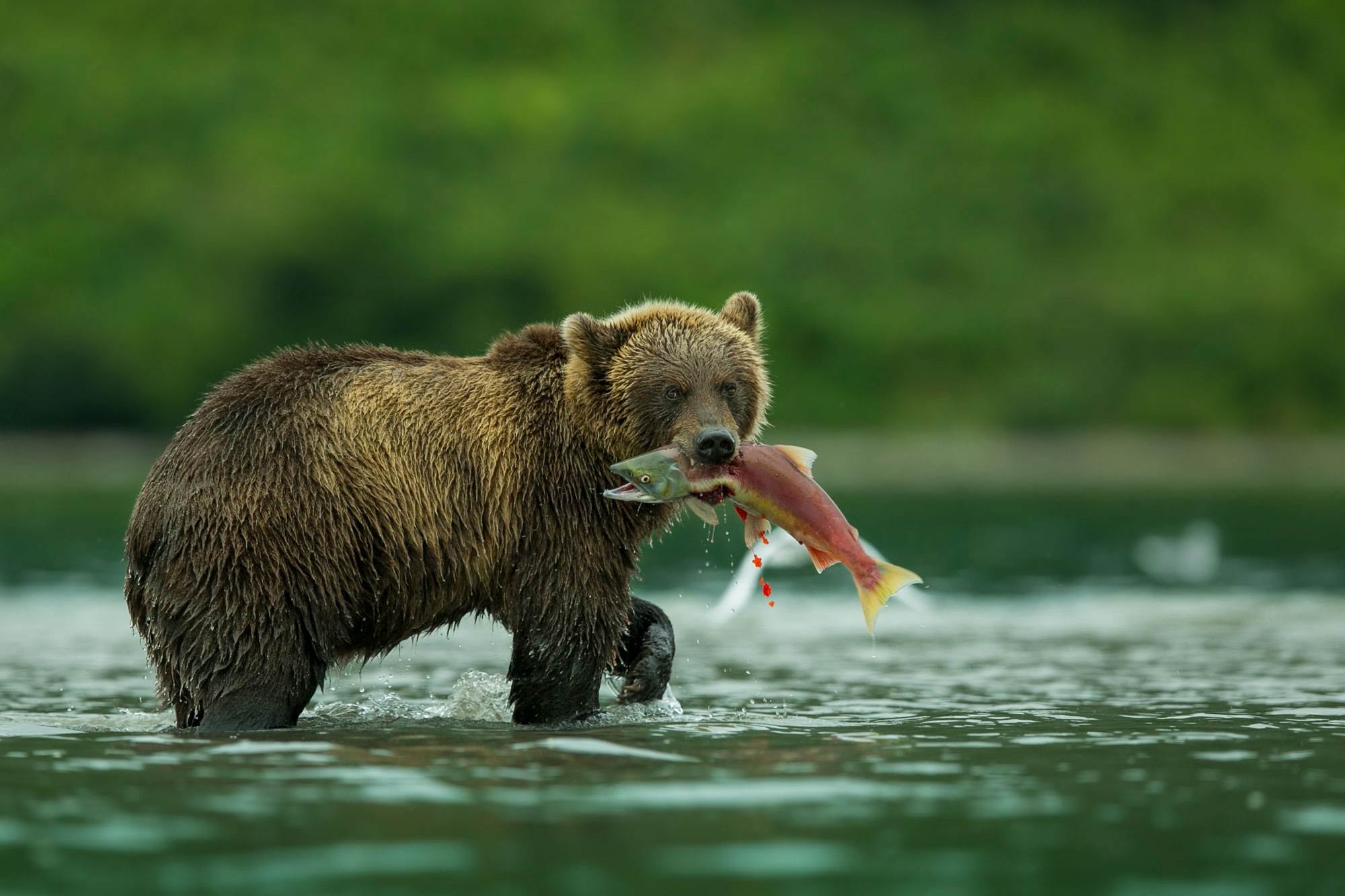
Can you share a couple of tips you believe are crucial to capturing a sharp image of moving subjects?
The simple thing to keep in mind is that you need a high shutter speed to capture fast moving subjects in sharp. I would suggest anything above 1/1600 shutter speed will be good enough. If you are in a low light condition, you can bring down your aperture (f number) to the lowest possible with your lens and also you may have to increase your ISO. For moving subjects, Al Servo / AF-C is the best mode, as this mode constantly refocuses while tracking your subject. And finally do a lot of practice.
Do you have any advice that you’d like to pass on to photographers just beginning to take an interest in wildlife photography?
Start photographing from your backyard or the nearest environment you live. Go to the same place frequently and photograph the same species. Try to learn more about the species that you photograph and this will help grow more interest in your photography. Until unless you know your subject you won’t be able to anticipate their behaviour. Learn to be patient in the field. You have to wait for the right moment to happen. Keep in mind that you can create great images with small species, which means every species matters. Last, do it for the passion, and not for the fame
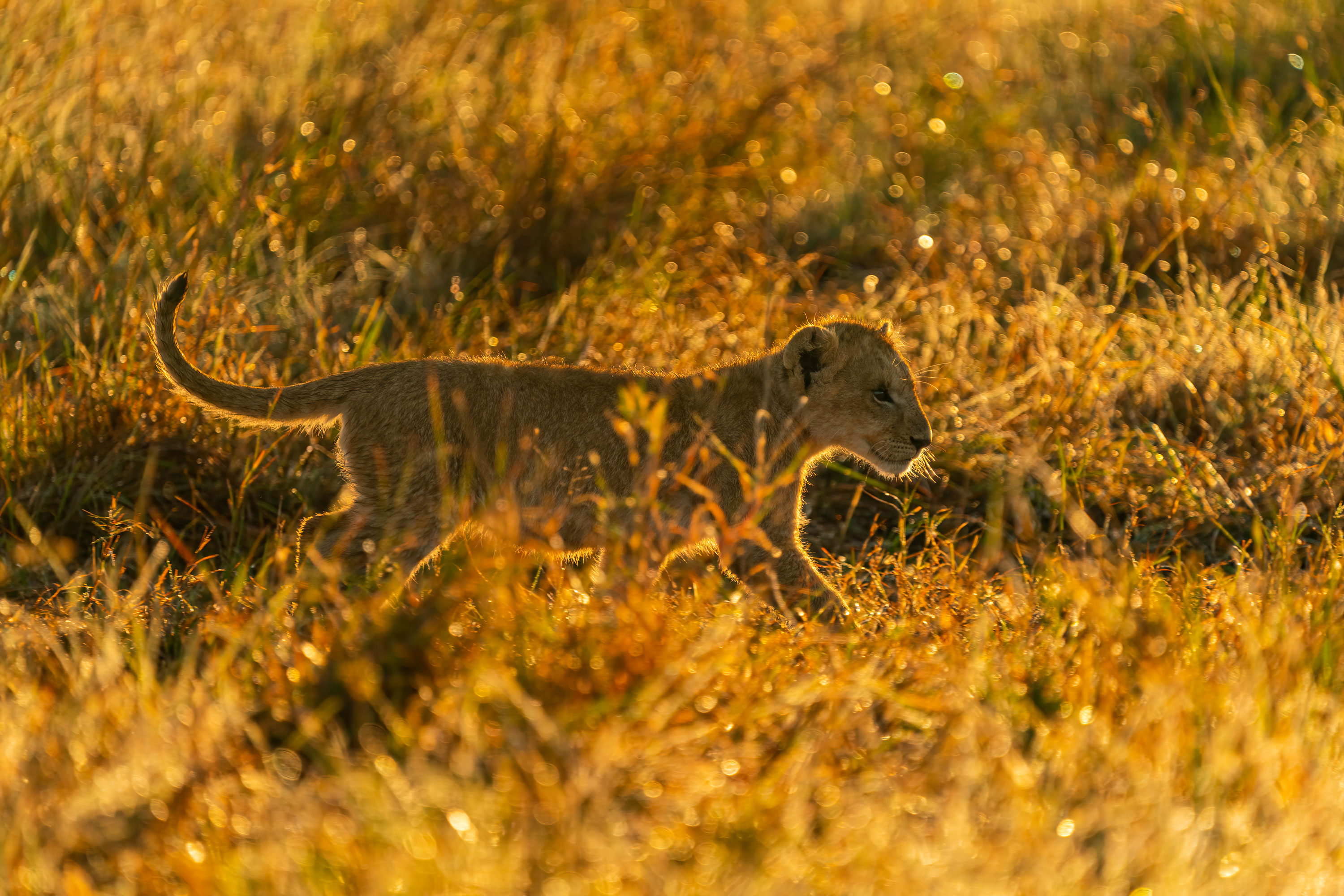
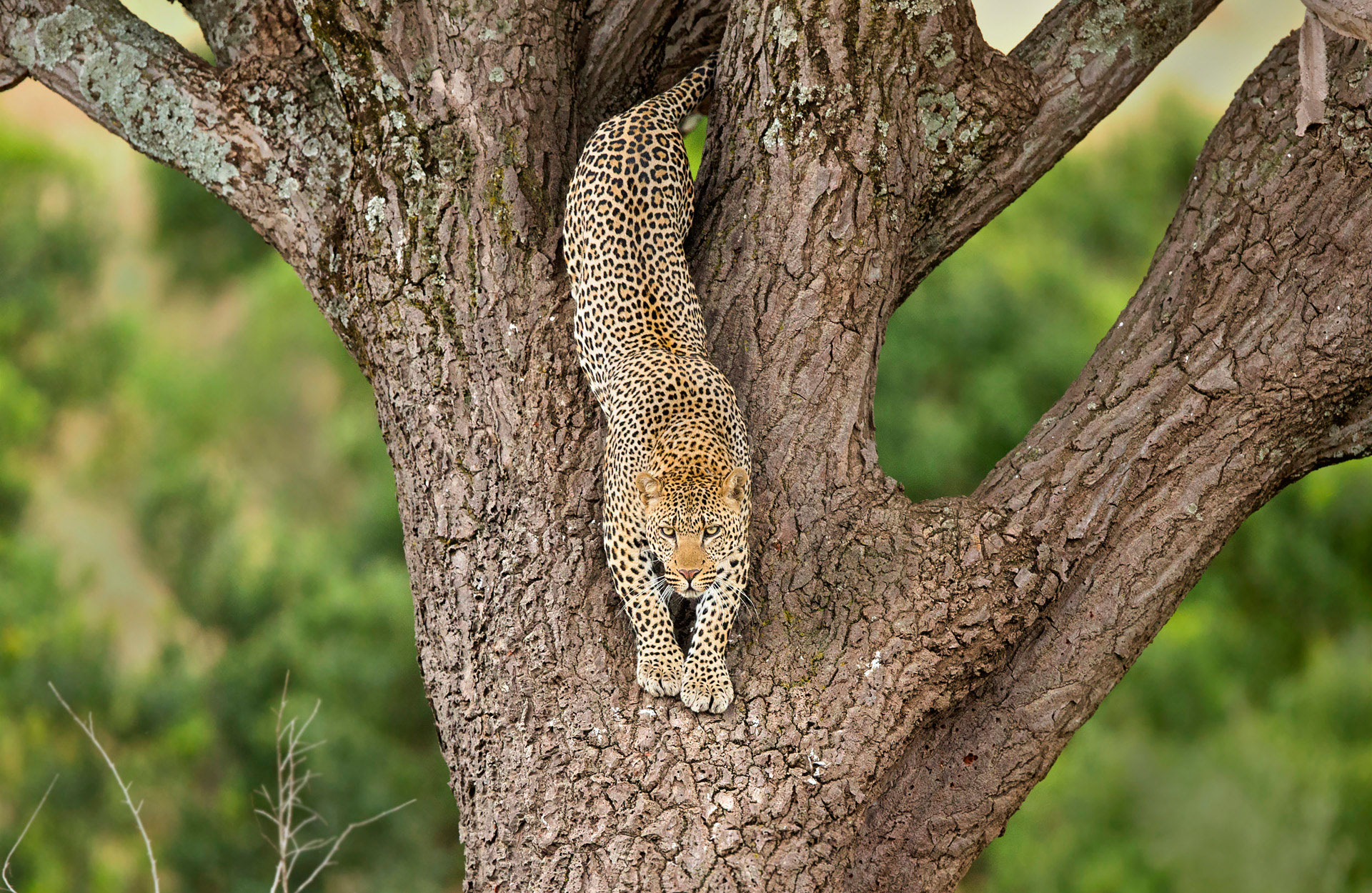
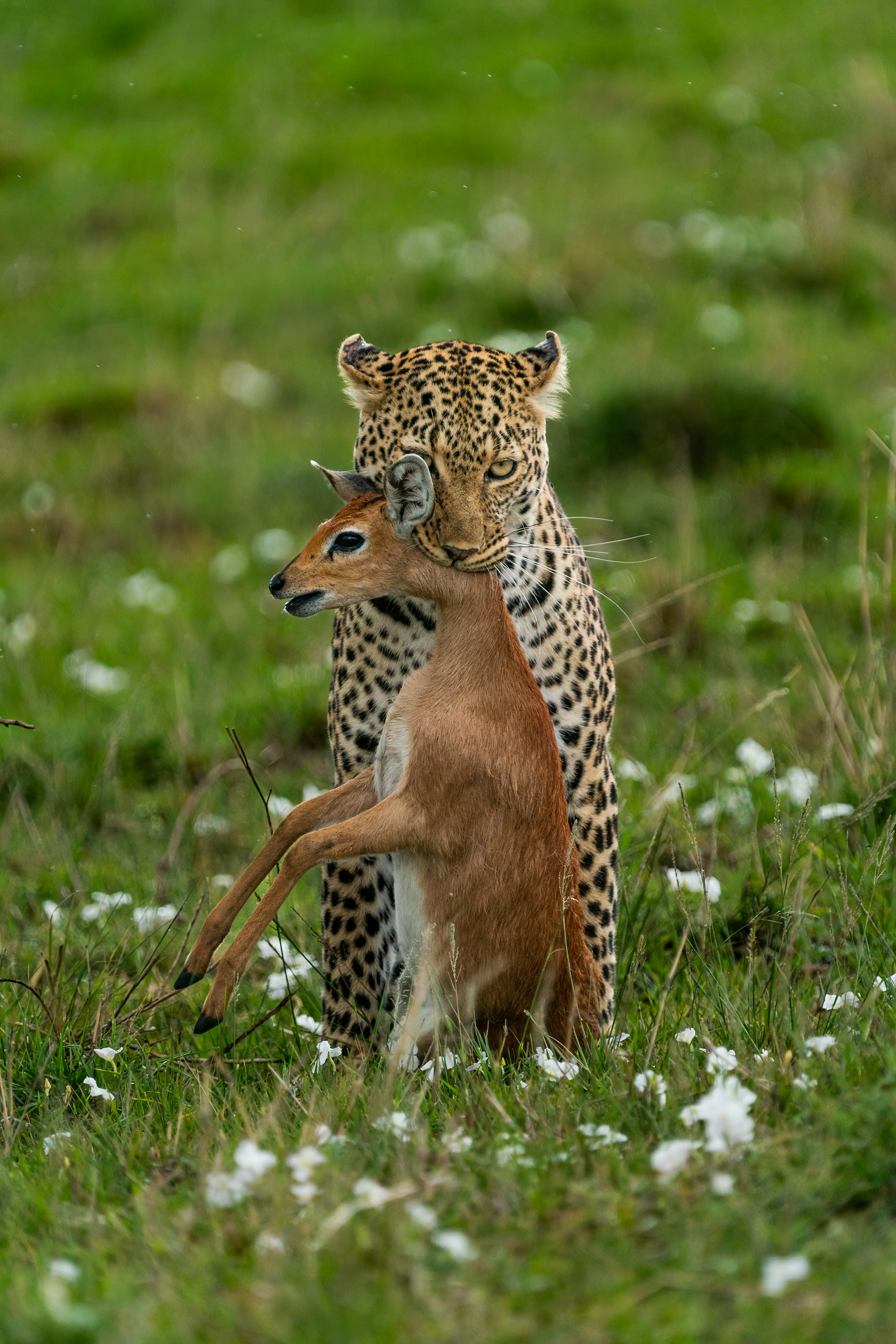
Hermis Haridas, an award-winning wildlife photographer and conservationist, is widely recognized for his exceptional talent in capturing the beauty and essence of the natural world. Hermis’ journey from a computer science graduate to a dedicated nature photographer and conservationist is an inspiring example of following one’s passion and making a positive impact on the world...
By Mohammad Murad | Photos by Mohammad Murad
PT Explorers 15 Minutes read
ReadBy Dunya Rajasekara | Photos by Dunya Rajasekara
PT Explorers 5 Minutes read
ReadBy Abhijith Perambra | Photos by Abhijith Perambara
PT Explorers 5 Minutes read
ReadEmail: email@pawstrails.com